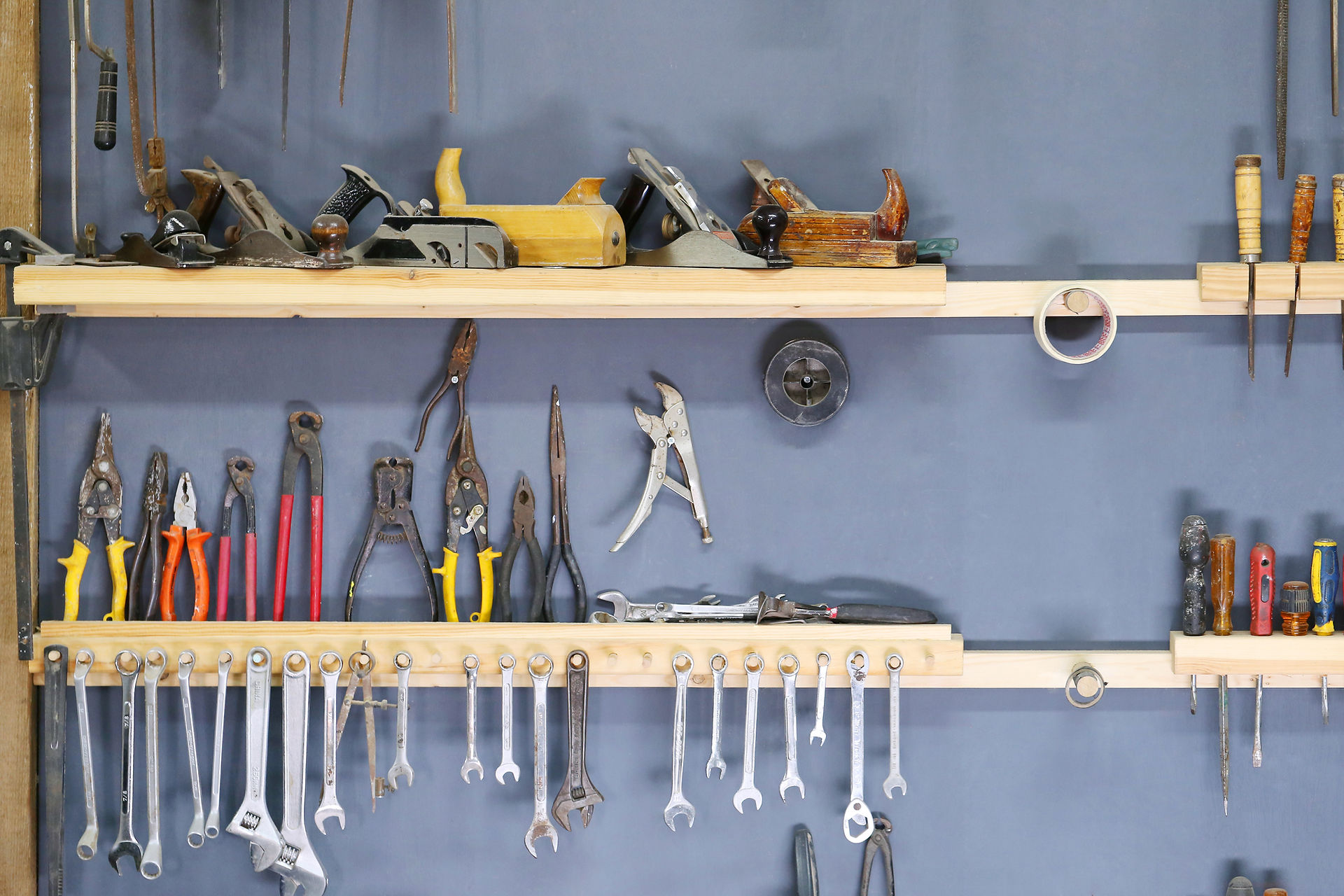
BUILD IT WEBSITE
Alyssa Scarfato
PROJECT ONE:
THE SLOW-ER-COASTER



Above and to the right is the math behind how we calculated the speed of our slow-er-coaster. First, we had to calculate the total distance of the track, which was fairly easy. We ended up measuring most parts of the track in equal parts, so most of the diagonal track lines were about the same size, except for the first one because we needed the ball to gain momentum to travel down the rest of the course. After calculating the distance, we began to time our slow-er-coaster. The slowest time was about 22.85 seconds, as shown in the picture above. We divided the distance of the course by the speed, giving us our centimeters per second speed of about 19.65 centimeters per second.
The Science Behind the Slow-er-Coaster
Inertia is the tendency for an object to keep doing what it is doing. In other words, if something is moving, inertia would mean that it tries to keep moving. However, there is no way for the ball to keep moving across the pegboard because we had to create a track. The track does not go in a constant sloped line; it has drops and changes directions. The changes in speed were due to the different types of tracks we used in the slow-er-coaster. The slanted and longer pieces of track were able to make the ping-pong ball speed up. The straight pieces of track were able to slow the ping-pong ball down, before it took a drop and change direction. The drops were unbalanced forces on the ball because they caused the ball to slow down and change direction. Gravity causes all things to stay balanced, as we know, or have learned before, however, the drops and changes in slope on the tracks create unbalance for the ping-pong ball, forcing it into motion and causing it to drop and change direction. The rubber bands and screws were also causing friction to occur as they both would cause the ball to stop and slow down on certain points. We added more than one rubber band on the straight tracks to increase friction, and to make the ball slow down even more.
Essential Standards
-
K.P.1.1: Compare the relative position of various objects observed in the classroom and outside using position words such as: in front of, behind, between, on top of, under, above, below and beside.
-
1.P .1.1: Explain the importance of a push or pull to changing the motion of an object.
-
1.P .1.3: Predict the effect of a given force on the motion of an object, including balanced forces.
-
3.P .1.1: Infer changes in speed or direction resulting from forces acting on an object.
-
3.P .1.2: Compare the relative speeds (faster or slower) of objects that travel the same distance in different amounts of time.
-
3.P .1.3: Explain the effects of earth’s gravity on the motion of any object on or near the earth.
-
5.P .1.1: Explain how factors such as gravity, friction, and change in mass affect the motion of objects.
-
5.P .1.2: Infer the motion of objects in terms of how far they travel in a certain amount of time and the direction in which they travel.
Math Standards
Measure and estimate lengths in standard units.
CCSS.MATH.CONTENT.2.MD.A.1
Measure the length of an object by selecting and using appropriate tools such as rulers, yardsticks, meter sticks, and measuring tapes.
CCSS.MATH.CONTENT.2.MD.A.3
Estimate lengths using units of inches, feet, centimeters, and meters.
Solve problems involving measurement and estimation.
CCSS.MATH.CONTENT.3.MD.A.1
Tell and write time to the nearest minute and measure time intervals in minutes.
Solve problems involving measurement and conversion of measurements.
CCSS.MATH.CONTENT.4.MD.A.1
Know relative sizes of measurement units within one system of units including km, m, cm; kg, g; lb, oz.; l, ml; hr, min, sec. Within a single system of measurement, express measurements in a larger unit in terms of a smaller unit. Record measurement equivalents in a two-column table.
-
2' x 2' pegboard
-
1/4 carriage bolts (3" long)
-
wing nut for each bolt
-
nut for each bolt
-
ping pong balls
-
rubber bands